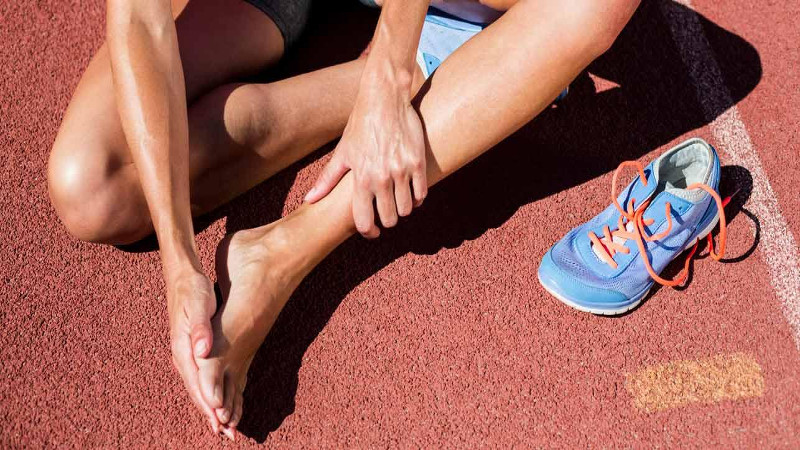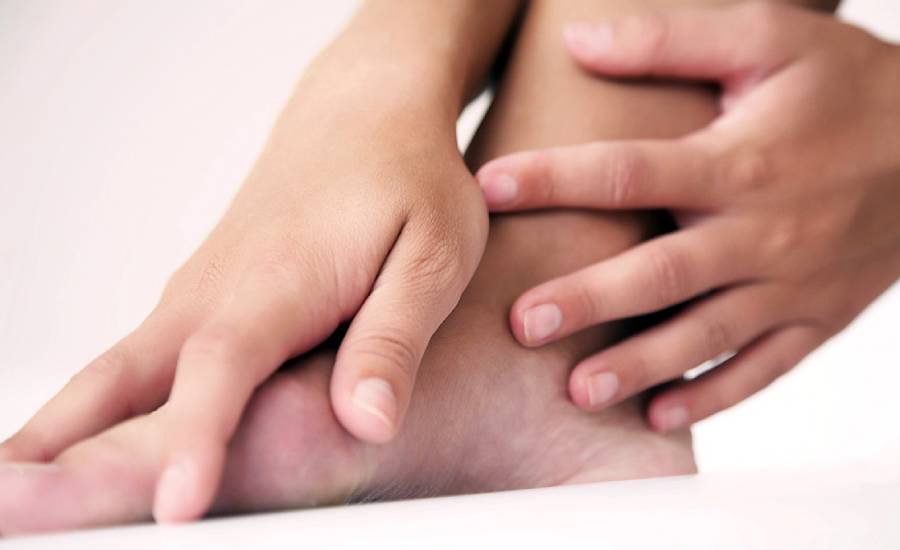What is a Callus?
Are you at your desk all day long?
September 12, 2017Laser Nail Treatments with Pin Pointe Foot Laser
September 12, 2017Calluses are identifiable by the pain they generally cause. They are most common on the soles of the feet, palms of the hand, or even on knees. The size and shape tends to vary, but they are almost always larger than corns.
Calluses feel quite rough and hardened. Any area of skin that has been subjected to regular friction might form calluses over time. There are several different varieties as well, such as the common callus and the plantar callus.

What is a Corn?
Corns are identified by a hardened center that is usually surrounded by inflammation of the skin. They are usually found on the feet in areas that don’t bear weight, including in between and on top of the toes. They aren’t exclusive to those areas by any means, however. Though not inherently painful, corns do tend to hurt if they’re pressed.
Corns can be either soft or hard. The hard variety is comprised of thick, dead skin that generally surrounds a somewhat softer area in the center. Soft corns are thinner overall, with a white and almost rubber-like appearance. There is also a third variety that’s fairly common: seed corns. These are actually clusters comprised of several smaller corns. These are incredibly tender, especially if they occur on a weight bearing area of the foot. It’s generally accepted that seed corns are caused by backed up sweat ducts. Call Nagler Foot Center in Houston Texas if you have any foot problems.
If you have corns or calluses that seem especially painful or inflamed, it’s best to consult with a Dr. Sherman Nagler right away at 713.529.1010 rather than ignore the issue. You should be wary of treating them yourself, especially if you are diabetic or have otherwise poor blood flow. If you happen to injure yourself while trying to remove a corn or callus, the open wound could easily result in an infected open sore.


